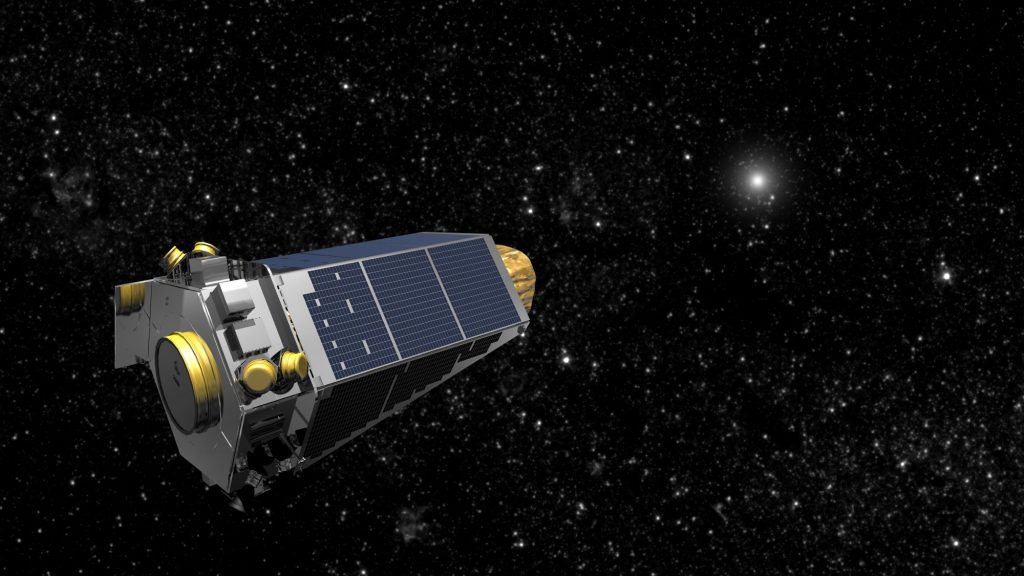Kepler Telescope Retires Leaving a Legacy Behind
Kepler has discovered more than 2,600 planets, including potentially habitable ones and has now officially retired
Since March 2009, NASA has used Kepler to discover more than 2,600 planets, even some that could be habitable. However, last week, after almost a decade of hunting for new planets, the telescope ran out of fuel. NASA decided to retire it within its current orbit, away from Earth on October 30, 2018.
“There’s a big difference between knowing and believing. I think that’s what Kepler’s legacy is going to be: We finally know that planets are everywhere out there and now, we’re going to go and find out more about them,” says Charlie Sobeck, NASA’s former manager of the Kepler mission
Charlie Sobeck has worked on the Kepler mission since 2000. Even though the planet-hunting activity through Kepler has come to an end, he sees it as a success and is not sad to see the spacecraft go.
“This is not an accident like getting struck by a meteorite or having an engine fail or something. We ran out of gas. We knew we were going to be running out of gas,” he says.
With this part of the story over, NASA plans to continue the hunt for new planets. However, this time it will be looking a bit closer to home. While Kepler’s task was to search for planets about 3,000 light-years away, NASA launched a new spacecraft – Transiting Exoplanet Survey Satellite, or TESS for short – in April to search every star within 100 light-years of Earth.
“Without this mission, we wouldn’t have done tests, we wouldn’t have been looking for planetary atmospheres. So Kepler really opened the door to a new investigation path,” Sobeck added
Source: npr.org







